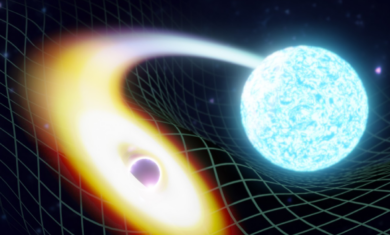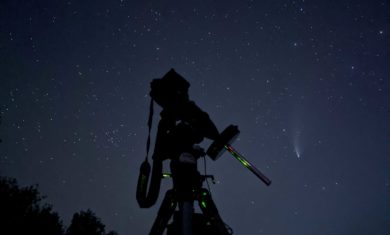Exoplanets: Sci-Fi vs. Fact
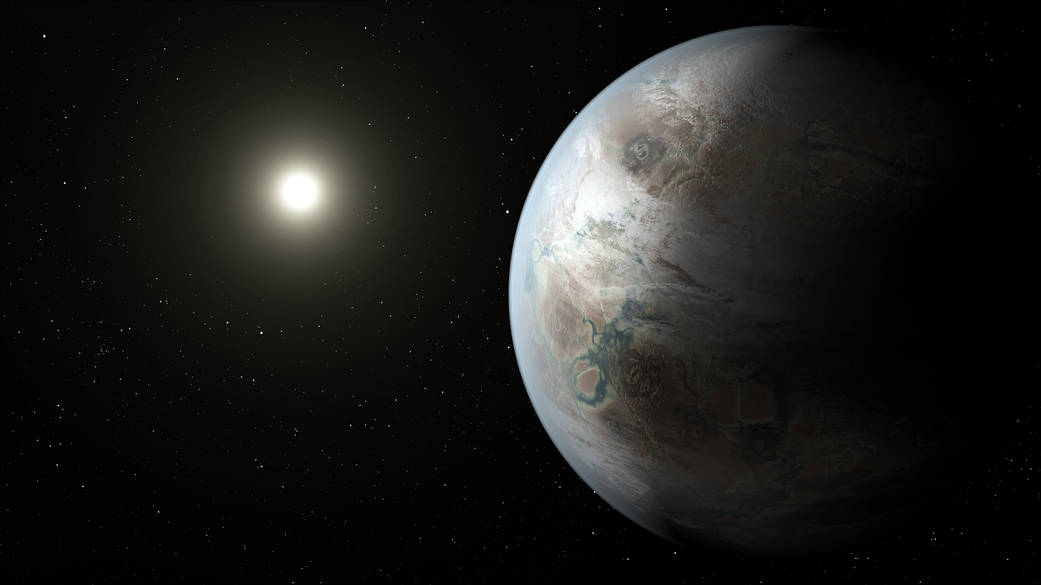
Header Image: An artist’s illustration of Kepler-452b. Image Credit: NASA Ames/JPL-Caltech/T. Pyle
Editor’s Note: Updated in May 2023.
I was an undergraduate physics major at Cornell University, with my eye on a career in astronomy, when I saw the original Star Wars movie following its release in 1977.
A rather famous astronomer and science popularizer named Carl Sagan, was a professor at Cornell at the time. Sagan was known for stimulating the public’s imagination concerning the possibility of life on distant planets, but in 1977, the only planets we knew for sure existed were the worlds that orbit our Sun.
It wasn’t until the mid-1990s, shortly before Sagan’s untimely passing, that the first planet was discovered orbiting a star similar to our Sun. During subsequent years, the discoveries started coming in at an exponential pace. Currently, there are more than 4,000 confirmed exoplanets!
Sci-Fi has often foreshadowed the diversity of real worlds, and Star Wars is no exception. It’s fun to compare the imaginative worlds conceived for the Star Wars universe with existing worlds in our own galaxy.
Let’s start with the closest potentially-habitable exoplanet, Proxima Centauri b, which happens to orbit the star nearest to our Sun—a dim red dwarf that is a “mere” 4.2 light-years away.
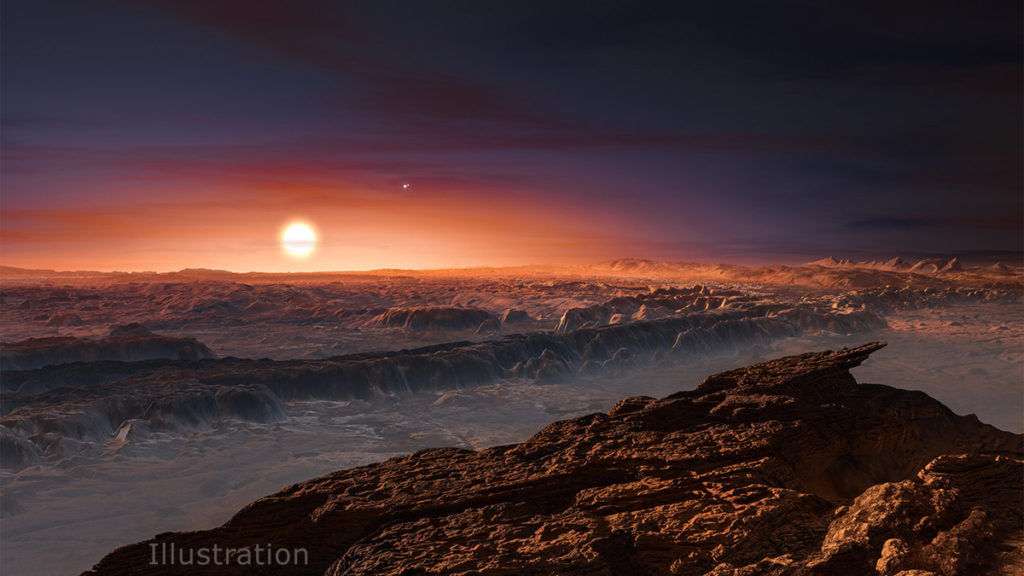
Star Wars depicts forest worlds like Endor in Return of the Jedi, or Takodana in The Force Awakens, as green like our Earth, but astrobiologists speculate that plant life on habitable worlds orbiting stars that emit mostly infrared light, like Proxima Centauri, might be red, black, or even rainbow-colored.
Such worlds should be “tidally locked,” with the same side of the planet always facing its star. Just as seaweed changes color from green to dark brown at greater depths in the ocean, the color of any photosynthetic life on such a planet would depend upon its location.
Another notable exoplanet is Kepler-16b. At a distance of 200 light-years, Kepler-16b orbits two stars and was affectionately dubbed “Tatooine,” after Luke Skywalker’s home planet with its own two suns.
Unlike Tatooine, Kepler-16b is Saturn-sized and very cold, but gas giant Kepler-453b orbits at a potentially habitable distance from its own two suns. Might this world have a habitable moon like Endor?!
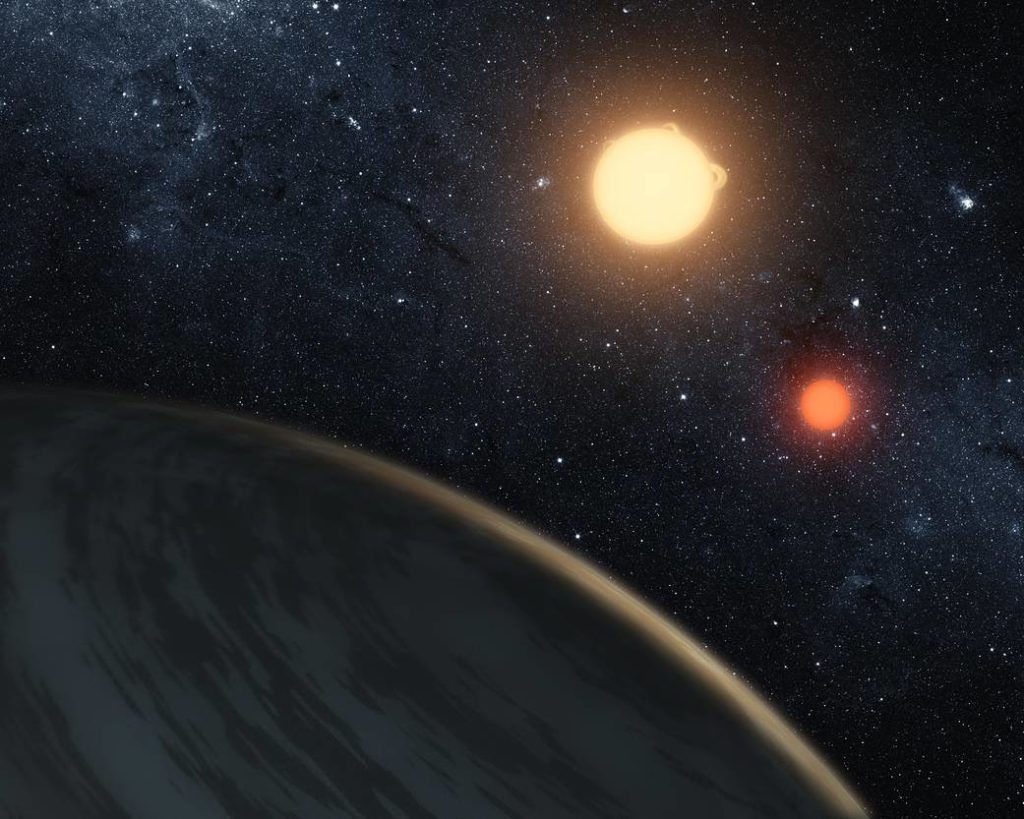
Some exoplanets are “Super-Earths”—worlds larger than Earth but smaller than gas giants, that may support large oceans—reminiscent of Kamino in Attack of the Clones or Scarif, in Rogue One.
At a distance of 600 light-years, Kepler-22b is 2.4 times the size of Earth, and may be one such world. Other exoplanets are very hot, like Kepler-10b or Kepler-78b, which are molten Earth-sized worlds that bring to mind Mustafar in Revenge of the Sith.
Still, other worlds are extremely cold—like OGLW 2005-BLG-390L, one of the most distant known exoplanets.
Located near the center of the Milky Way at a distance of 21,530 light-years, this world is an icy Super-Earth that’s been unofficially nicknamed “Hoth,” after the frigid planet depicted in The Empire Strikes Back.
What about really old exoplanets that might have developed into high-tech worlds like Coruscant, the seat of government for the Galactic Republic and the Empire?
A Super-Earth known as Kepler-452b orbits a star 1,402 light-years away that’s about 1.5 billion years older than the Sun. The PHL places Kepler-452b at the top of their “optimistic sample” of potentially-habitable exoplanets, a bit less likely to be habitable than the 21 exoplanets that make it to their “conservative” list (which includes the “nearby” Proxima Centauri b.)
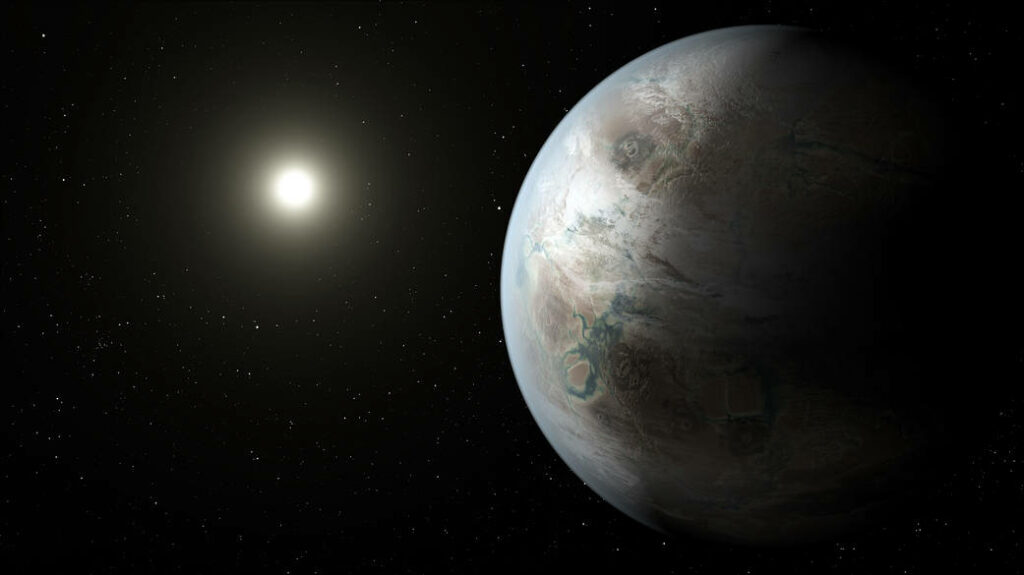
There’s also some evidence of exoplanet destruction, albeit not by the Death Star that caused Alderaan’s demise in A New Hope.
In some cases, real stars may consume planets that orbit too close. No worries about that happening to Earth—although the Sun will make conditions toasty on Earth in the next billion years or so.
Perhaps we, like the civilizations depicted in Star Wars, will have traveled to distant worlds by then.
Finally, it’s important to note that we’ve not (yet) discovered evidence of extraterrestrial life, and many of the known exoplanets would be hostile to life as we know it. However, it’s beginning to look like planet-sized worlds may outnumber stars in the universe, and that leaves many of us thinking that it’s only a matter of time…
Until then, may the force be with you!




